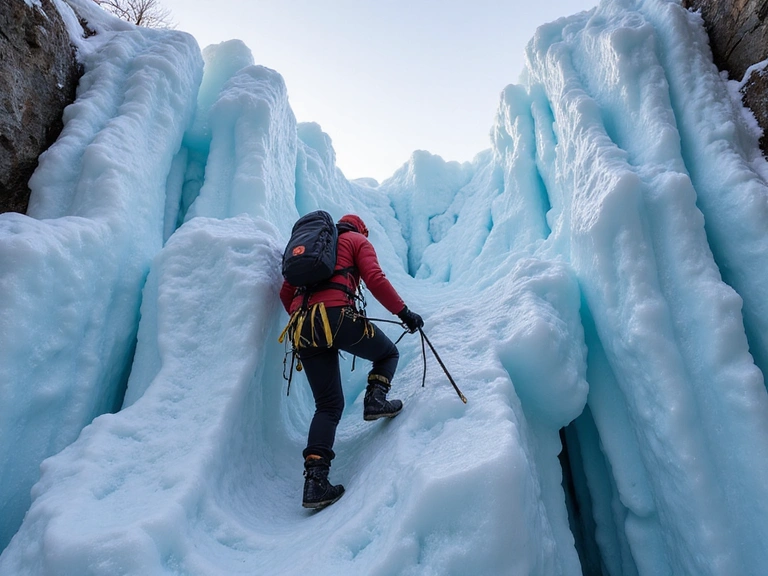Discover Your Next Winter Sport
Alpine Skiing: The Thrill of the Downhill
Alpine skiing, also known as downhill skiing, is one of the most popular winter sports, offering an exhilarating blend of speed, skill, and breathtaking mountain views. It involves gliding down snow-covered slopes on skis with fixed-heel bindings. From gentle beginner runs to challenging black diamonds, alpine skiing caters to all skill levels, promising an unforgettable experience for solo adventurers, families, and groups of friends. The feeling of carving through fresh powder or mastering a steep descent is truly unmatched.
The sport demands a combination of physical fitness, balance, and coordination. Skiers use poles for balance and propulsion on flatter terrain, while relying on edge control and body weight distribution to navigate turns and control speed on descents. Modern equipment has made the sport more accessible and safer, with advancements in ski design, bindings, boots, and safety gear.
Where to Experience Alpine Skiing
Many world-class resorts across the USA offer exceptional alpine skiing opportunities. Explore our Destinations page to find resorts with extensive trail networks, high-speed lifts, and excellent snow conditions. Each resort offers unique terrain, from wide-open groomed runs to challenging moguls and glades.
Tips for Beginner Alpine Skiers
- Start with Lessons: Professional instruction is invaluable for learning proper technique and safety.
- Rent Equipment: Begin by renting skis, boots, and poles to find what works best for you before investing in your own gear.
- Dress in Layers: Mountain weather can change quickly. Layering allows you to adapt to varying temperatures.
- Stay Hydrated and Fueled: Skiing is physically demanding. Drink plenty of water and eat energy-rich snacks.
- Know Your Limits: Start on beginner slopes and gradually progress to more challenging runs as your confidence and skill improve.
- Wear a Helmet: Safety first! A helmet is crucial for protecting against head injuries.
Ready to hit the slopes? Check out our Gear & Tips section for detailed advice on equipment selection and preparation.
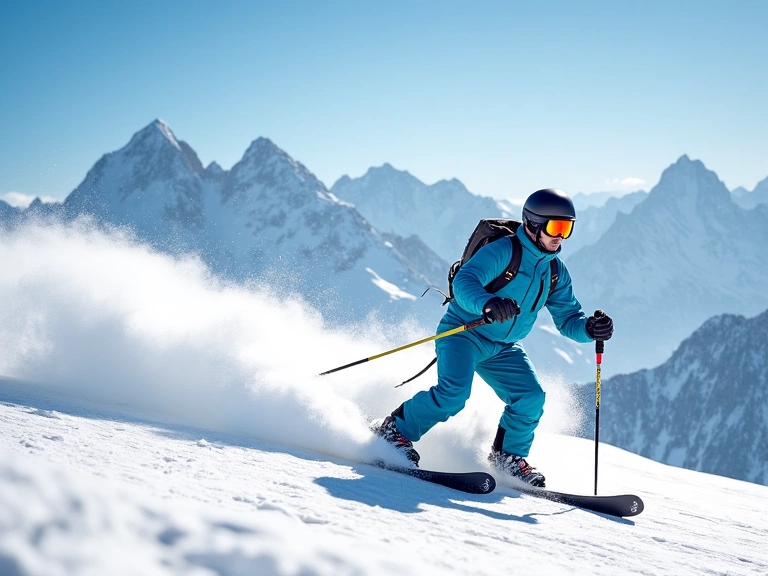
Snowboarding: Carving Your Own Path
Snowboarding is a dynamic and expressive winter sport that has captivated a generation with its unique blend of surfing, skateboarding, and skiing. Riders descend snow-covered slopes on a single board attached to both feet, offering a feeling of freedom and flow. From freestyle tricks in terrain parks to freeride adventures through untouched powder, snowboarding offers a diverse range of styles and experiences.
The sport is characterized by its emphasis on balance, core strength, and agility. Snowboarders use their entire body to control the board, making precise turns and absorbing bumps and jumps. The culture surrounding snowboarding is often associated with individuality, creativity, and a deep connection to the mountain environment.
Top Snowboarding Destinations
Many resorts are renowned for their incredible snowboarding terrain, including world-class terrain parks, half-pipes, and expansive backcountry access. Discover the best places to shred on our Destinations page, where you'll find resorts celebrated for their snowboarder-friendly atmospheres and facilities.
Essential Tips for Beginner Snowboarders
- Enroll in Lessons: Learning from a certified instructor will significantly speed up your progress and prevent bad habits.
- Choose the Right Board: Beginners typically benefit from softer, shorter boards that are easier to turn.
- Protect Yourself: Wear a helmet, wrist guards, and padded shorts. Falling is part of learning, and protection is key.
- Master the Basics: Focus on learning to slide, stop (heel edge and toe edge), and make basic turns before attempting anything advanced.
- Be Patient: Snowboarding has a steeper learning curve initially compared to skiing for some, but persistence pays off.
- Stay Loose: Relax your body and let your knees and ankles absorb the terrain. Stiffness makes it harder to control the board.
Get equipped for your snowboarding journey. Visit our Gear & Tips section for comprehensive guides on selecting the right snowboard, boots, and bindings.
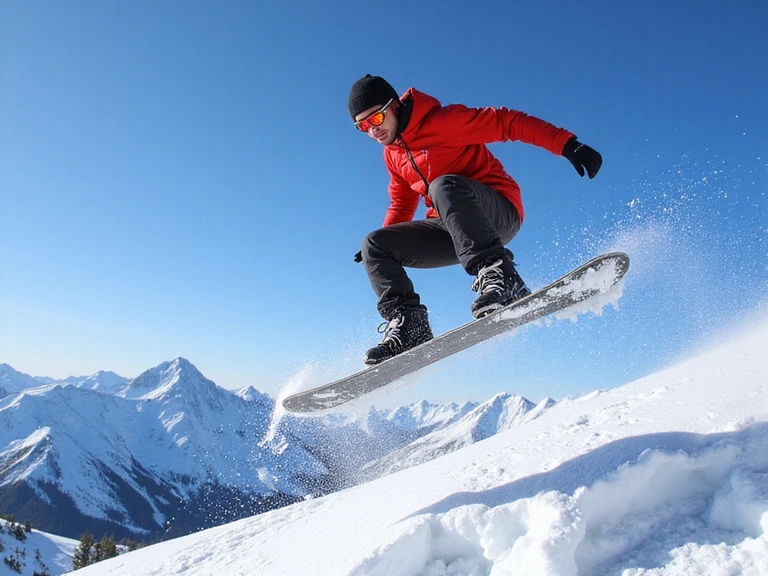
Cross-Country Skiing: Serenity in Motion
Cross-country skiing, or Nordic skiing, offers a peaceful yet invigorating way to explore winter landscapes. Unlike downhill skiing, it involves gliding across flat or gently rolling terrain, often through forests and meadows. It's a fantastic full-body workout that combines endurance, strength, and balance, making it a favorite for those seeking both physical activity and tranquil communion with nature.
There are two main styles: classic and skate skiing. Classic skiing involves a striding motion in parallel tracks, while skate skiing is a more dynamic, ice-skating-like motion that requires wider groomed trails. Both styles offer incredible health benefits, including cardiovascular fitness and muscle toning, with a low impact on joints.
Explore Scenic Cross-Country Trails
The USA boasts numerous dedicated cross-country ski areas and resorts with extensive groomed trail systems, perfect for all levels. Find serene trails and dedicated Nordic centers on our Destinations page, where you can discover picturesque winter wonderland settings.
Getting Started with Cross-Country Skiing
- Rent Equipment: Cross-country skis, boots, and poles are lighter and different from alpine gear. Renting is a great way to start.
- Take a Lesson: Proper technique makes a huge difference in efficiency and enjoyment.
- Start on Flat Terrain: Begin on gentle, groomed trails to get a feel for the glide and balance.
- Dress Appropriately: Layering is crucial as you'll generate a lot of body heat. Avoid cotton.
- Bring Water and Snacks: Even though it feels less extreme, cross-country skiing is excellent exercise.
- Respect Trail Etiquette: Be aware of other skiers, especially on shared trails.
Prepare for your silent glide through winter. Our Gear & Tips section provides detailed information on selecting cross-country equipment and clothing.
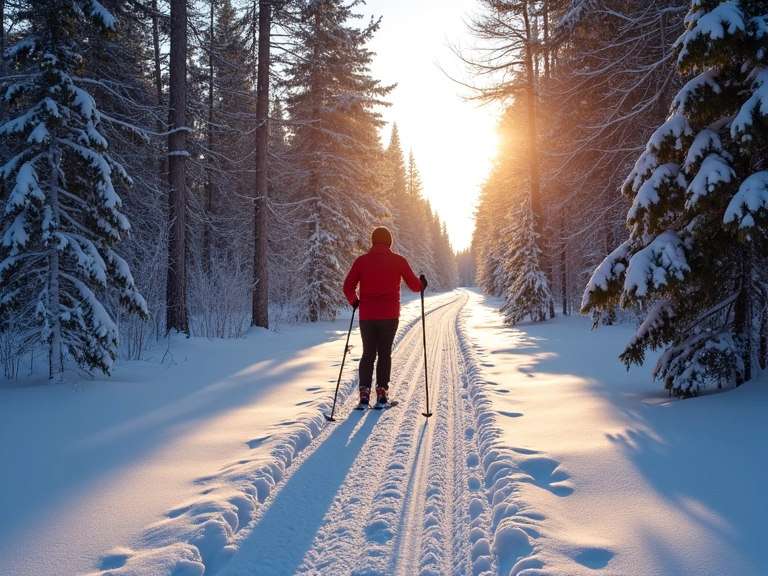
Ice Skating: Grace on Ice
Ice skating is a classic winter pastime that combines artistry, athleticism, and fun. Whether you're gracefully gliding across a frozen lake or twirling on an indoor rink, it offers a magical experience for all ages. From recreational skating to competitive figure skating and ice hockey, the versatility of ice skating makes it a beloved activity worldwide.
The sport requires balance, coordination, and strong leg muscles. The sensation of effortlessly gliding across the ice, feeling the crisp winter air, and enjoying the company of others makes ice skating a quintessential winter activity. Many communities host outdoor rinks during the winter months, adding to the festive atmosphere.
Where to Find the Best Ice Rinks
From charming outdoor rinks in town squares to state-of-the-art indoor arenas, opportunities for ice skating abound. Discover popular ice skating venues and resorts that offer ice rinks as part of their winter attractions on our Destinations page.
Beginner's Guide to Ice Skating
- Rent Skates First: Try different types of skates (figure vs. hockey) to see what feels comfortable.
- Wear Comfortable Clothing: Dress in layers that allow for movement. Gloves are a must for falls.
- Start with Support: Use the rink wall or a skating aid if available, to build confidence.
- Bend Your Knees: A slight bend in the knees helps with balance and shock absorption.
- Look Up: Avoid staring at your feet; look forward to maintain better balance.
- Learn to Fall Safely: Practice falling to the side and tucking your head to minimize injury.
Find insights on choosing the right skates and staying safe on the ice in our Gear & Tips section.

Snowmobiling: Power Through the Powder
Snowmobiling offers an exhilarating way to explore vast, snow-covered terrains at speed. It's an adventure sport that allows riders to access remote areas and enjoy breathtaking winter scenery that would otherwise be inaccessible. From groomed trails to deep powder excursions, snowmobiling provides a unique blend of adrenaline and scenic exploration.
Operating a snowmobile requires skill and respect for the environment. Modern snowmobiles are designed for comfort, power, and efficiency, making them suitable for both experienced riders and beginners. It's a fantastic activity for groups, offering a shared experience of speed, exploration, and the stunning beauty of winter wilderness.
Premier Snowmobiling Trails
Many winter destinations offer extensive networks of snowmobile trails, often with guided tours and rental options. Discover resorts and areas known for their exceptional snowmobiling opportunities on our Destinations page.
Safety and Enjoyment for Snowmobilers
- Take a Safety Course: Many states require or recommend safety courses, especially for new riders.
- Wear Appropriate Gear: A helmet, insulated suit, gloves, and boots are essential for warmth and protection.
- Ride with a Buddy: Never snowmobile alone, especially in remote areas.
- Stay on Marked Trails: Respect private property and environmental regulations.
- Know Your Machine: Understand how to operate your snowmobile safely and effectively.
- Check Weather and Trail Conditions: Always be prepared for changing conditions.
For detailed information on snowmobile maintenance and safety protocols, visit our Gear & Tips section.
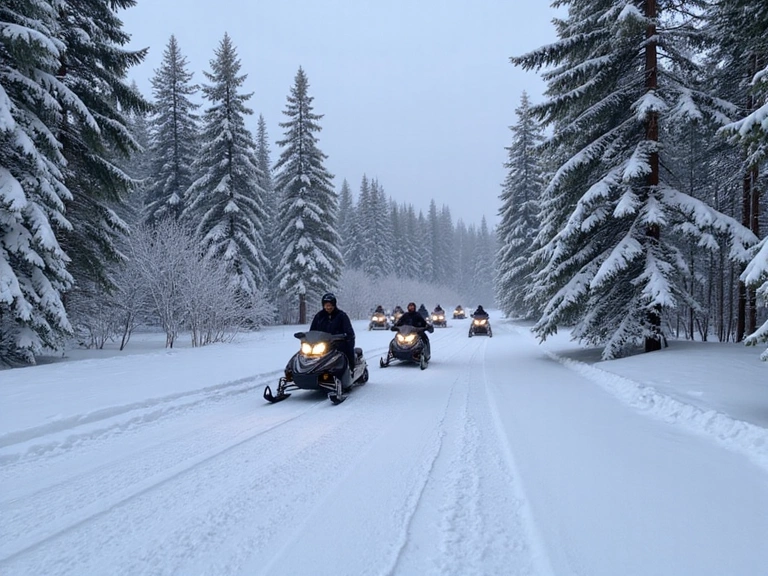
Ice Climbing: Conquering Frozen Waterfalls
Ice climbing is an extreme winter sport that involves ascending frozen waterfalls, ice formations, or rock faces covered in ice using specialized equipment. It's a challenging and visually stunning activity that combines physical strength, mental fortitude, and precise technique. For those who crave adventure and unique perspectives of winter's raw power, ice climbing offers an unparalleled experience.
The sport demands a high level of skill and respect for the environment. Climbers use ice axes for grip and traction, crampons attached to their boots for purchase on the ice, and ropes and protective gear for safety. The reward is an incredible sense of accomplishment and breathtaking views from unique vantage points within frozen landscapes.
Where to Find Ice Climbing Adventures
Certain mountainous regions in the USA are renowned for their ice climbing opportunities, featuring magnificent frozen cascades. Explore these thrilling destinations on our Destinations page, where you can find guides and outfitters specializing in ice climbing excursions.
Getting Started with Ice Climbing
- Seek Professional Instruction: Ice climbing is dangerous without proper training. Always start with certified guides.
- Rent Specialized Equipment: Ice axes, crampons, helmets, harnesses, and ropes are essential. Renting is ideal for beginners.
- Build Core and Upper Body Strength: The sport requires significant physical conditioning.
- Understand Ice Conditions: Learning about ice quality and stability is crucial for safety.
- Start on Easier Routes: Begin with top-roped routes on gentle ice to learn techniques in a controlled environment.
- Always Climb with Experienced Partners: Never attempt ice climbing alone.
For a deep dive into the gear, safety protocols, and training necessary for ice climbing, consult our Gear & Tips section.
